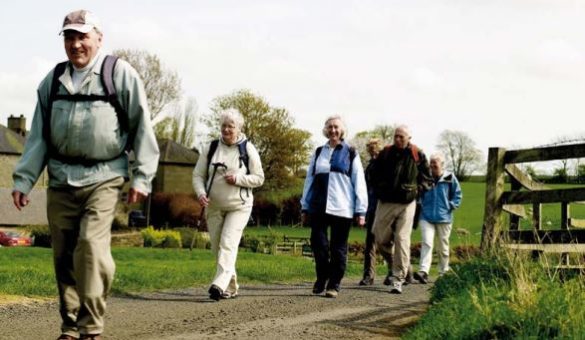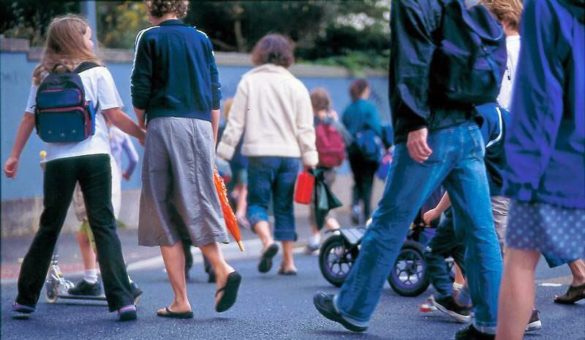Co-location of Community Facilities
One of the main reasons people are physically inactive is a perceived lack of time available to dedicate to sport or physical activity. To support this, 65% of people who are not active outdoors are more likely to participate within two miles of their home.
Sport England’s fourth priority within their Active Design guidance – the co-location of community facilities – gives an insight into how positioning local facilities in close proximity to one another can help people foster a more active and time-efficient lifestyle.
By recognising the significance of the location of facilities, planners can help implement an active lifestyle into everyday life. Examples of how the co-location of community facilities can have such an impact include:
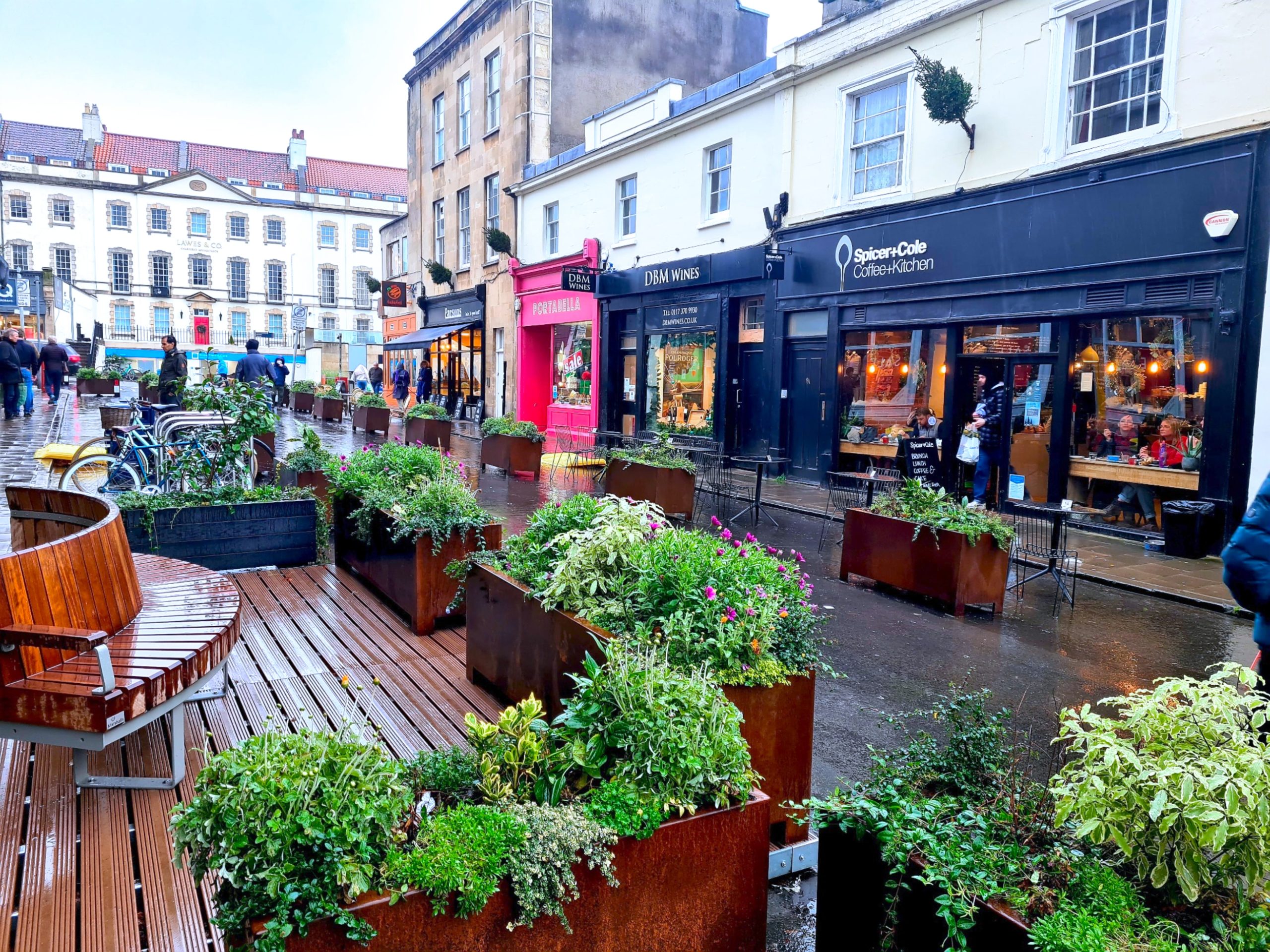
Locating key areas of use in close proximity to one another
By positioning community facilities in close proximity to each other, a more walkable environment is created. Locations such as schools, work places, shops and leisure centres all attract large scales of traffic within a community and therefore, by co-locating them, there is a lesser requirement for multiple journeys.
Studies show that one in three drivers regularly use their car for journeys that be completed on foot, the main justification being to save time or because they are running late. By locating high-use facilities within the same area, people are encouraged to walk between them, allowing for more time being active outdoors.
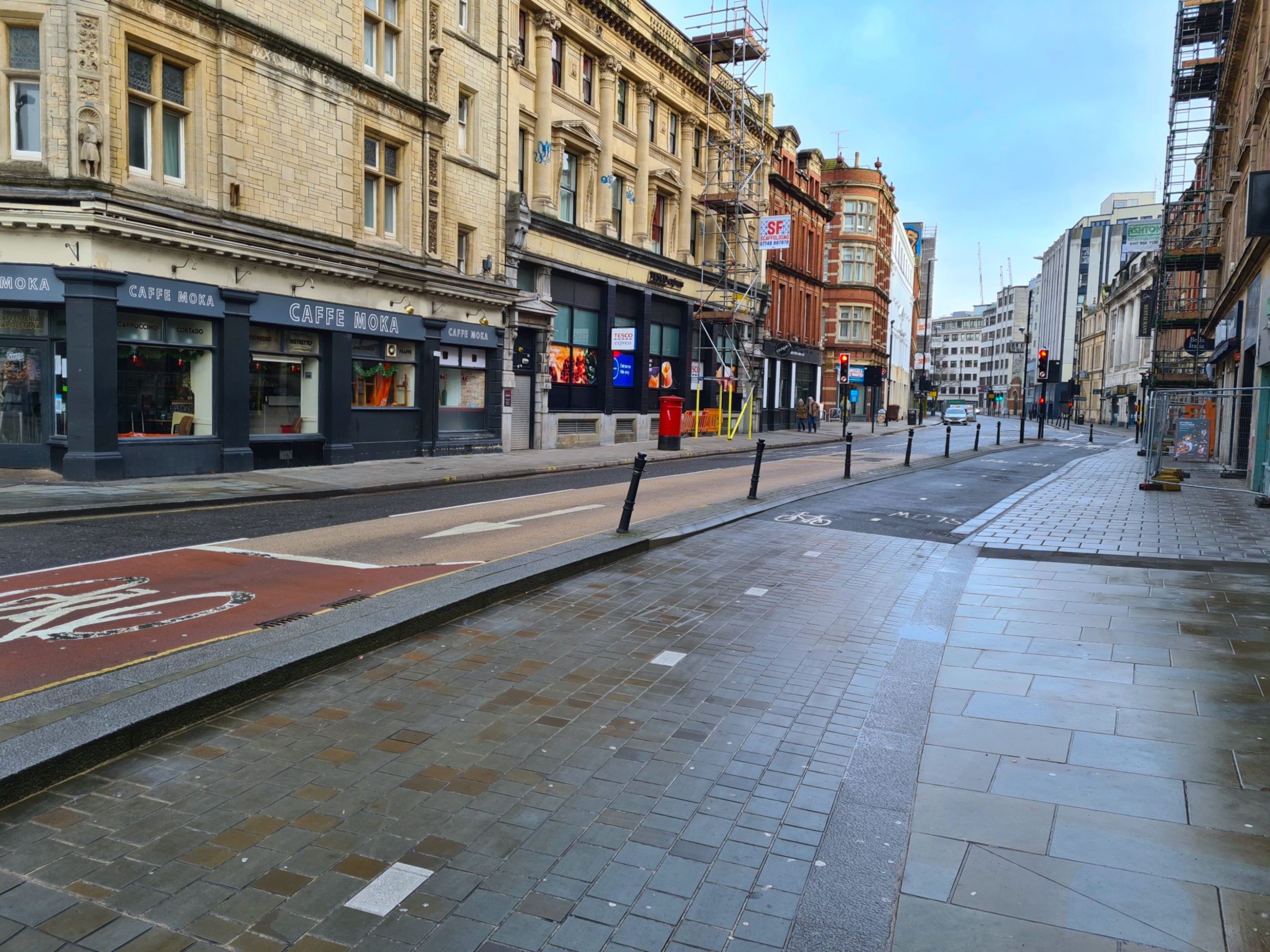
Embedding co-located facilities within active travel networks
Furthermore, if these co-located areas are focal points within walking and cycling networks, people will be encouraged to engage in active travel in getting to and from them.
Aside from encouraging walking and cycling to community facilities, the social benefit of these networks cannot be overlooked. Social interaction can be seen as a key factor in engagement with an active lifestyle therefore, by creating public spaces that encourage more frequent visit, greater motivation remains to be physically active outdoors.
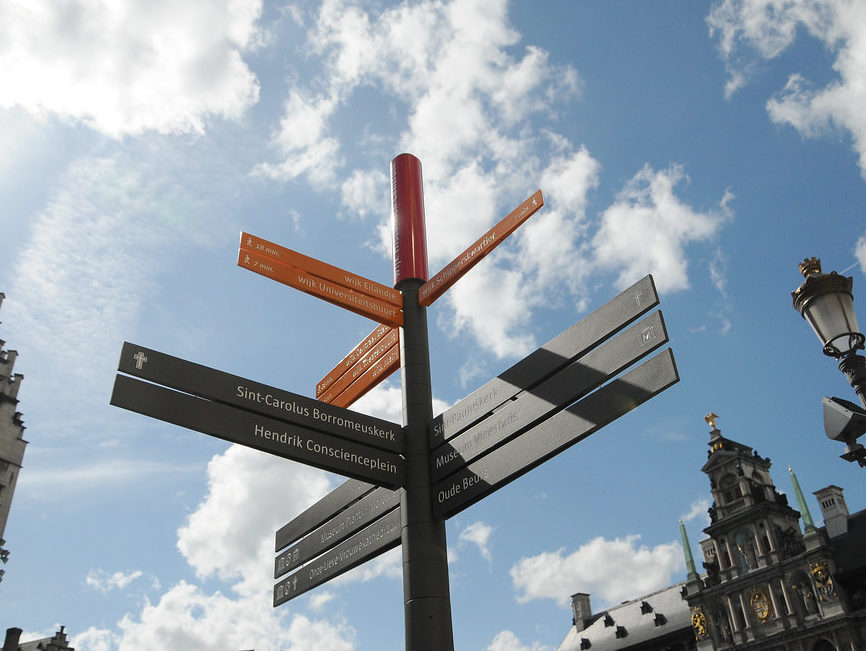
Using co-location to promote sport and leisure
A feature of co-location that is important to consider is to configure its design so that facilities with similar functions are placed near to each other. An example of this would be to pair gym and health centres with one another, using co-location to reinforce their interrelated functions.
As well as this, such manipulation of facility position can be used to raise awareness of the existence of physical resources – particularly in regards to sport and leisure. If sports facilities are located in prominent positions within a community, they should gain more attention and potentially become a focal point for physical activity and social interaction within the area.
Further guidance is available on supporting Activity for All through Sport England’s Active Design guidance and through the resources identified below.
Further reading on how co-location can help create walkable communities.
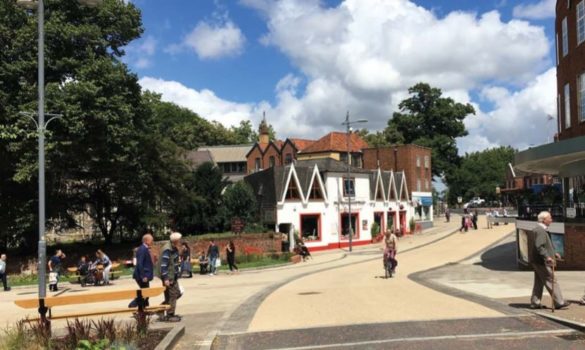
Introduction to Active Travel: for Health, the Environment and the Economy
Walking and cycling have clear benefits to both our physical and mental health. By increasing levels of active travel there are clear opportunities to improve health, people’s quality of life and deliver a positive environmental impact. There are also economic drivers to boosting active travel.
Read more about "Introduction to Active Travel: for Health, the Environment and the Economy"
Make the most of the Healthy Place Making platform
As well as ensuring you are always in the know about future changes and updates to Healthy Place Making, registering with us will enable to you to curate your own project boards that you can share with others – helping you to embrace the Healthy Place Making approach to find, curate and collaborate on making healthier places for all of our residents.

